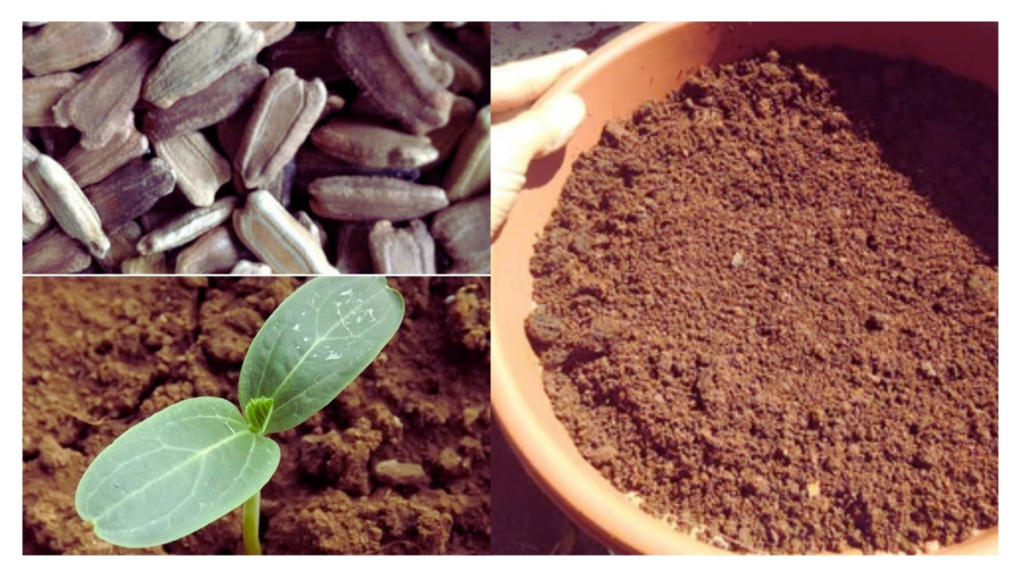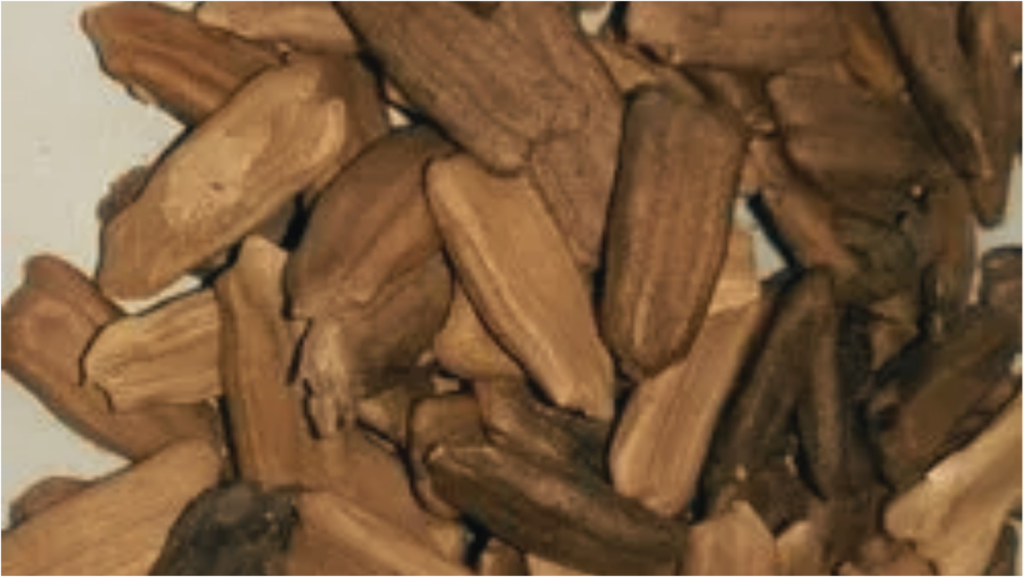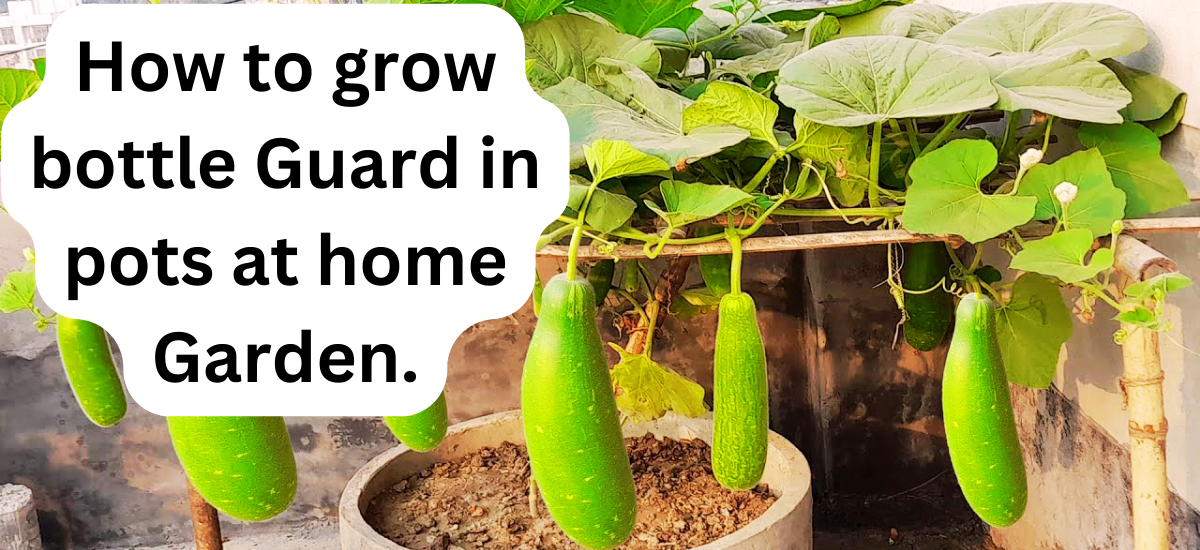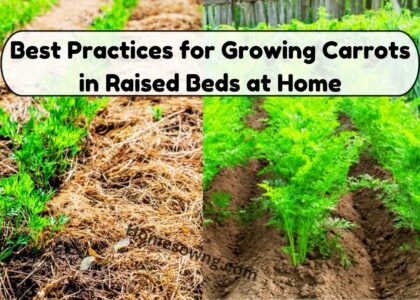Bottle gourds (calabash or Lucy) are versatile and nutritious vegetables gracing tables worldwide. Their mild flavor and numerous health benefits make them popular for home gardeners. Limited space? No problem! You can easily grow bottle gourds in pots right in your home garden or even on a balcony.
Choosing the Right Pot
Select a large container with a minimum capacity of 5 gallons. Bottle gourds have deep roots and require ample space to grow.
Ensure the pot has proper drainage holes at the bottom to prevent water logging, which can lead to root rot.
Soil Preparation
Use well-draining, nutrient-rich soil for optimal growth. A mix of garden soil, compost, and organic matter like aged manure or coconut coir works well.
Add a handful of organic fertilizer or compost to the soil before planting to provide essential nutrients.

Seed Selection and Planting
Choose high-quality bottle gourd seeds from a reliable source or save seeds from mature fruits if available.
Plant the seeds directly into the pot, placing them about 1 inch deep in the soil.
Space the seeds at least 12 inches apart to allow room for growth.

Sunlight and Watering
Place the pot in a sunny location where the plant will receive at least 6-8 hours of sunlight daily.
Bottle gourds require consistent watering, especially during hot weather. Keep the soil evenly moist but not waterlogged.
Water the plants in the morning to allow excess moisture to evaporate during the day, reducing the risk of fungal diseases.

Support and Training
Bottle gourd vines are vigorous climbers and need support to grow vertically. Install a trellis or stake near the pot to provide support as the vines grow.
Gently guide the vines towards the support structure, tying them loosely with soft garden twine if necessary.
Regularly check the vines and adjust the support as needed to prevent them from becoming tangled or overcrowded.
Pruning and Maintenance
To encourage bushy growth and increase fruit production, pinch off the growing tips of the vines when they reach about 6 feet in length.
Remove any yellowing or diseased leaves to maintain plant health and prevent the spread of diseases.
Keep an eye out for pests such as aphids, spider mites, and cucumber beetles, and treat them promptly with organic insecticidal soap or neem oil if necessary.
Harvesting
Bottle gourds are ready for harvest when they reach 8-12 inches in length and have a glossy green color.
Use a sharp knife or pruning shears to cut the gourds from the vine, leaving a short stem attached.










